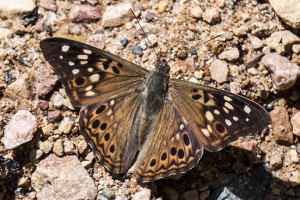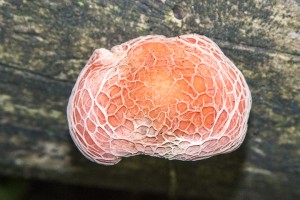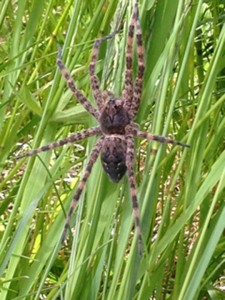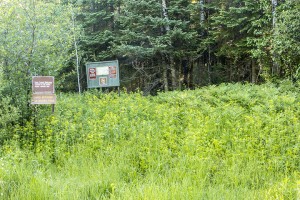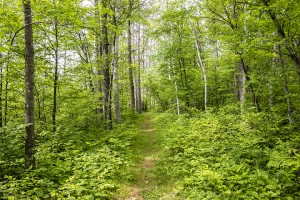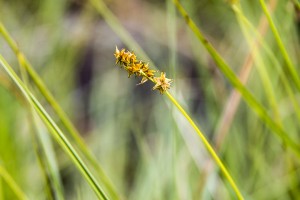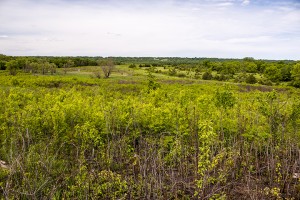Hackberry emperor (Asterocampa celtis) is a medium-sized brushfooted butterfly, with a wingspan of 2″ to 2⅞″. It is common in the southern half of Minnesota where it’s host species, northern hackberry, is also found. Though common it is sometimes overlooked due to its tendency to fly around the tops of trees. Adults can sometimes be found perched head down a tree trunk or the side of a building. Males are attracted to bright colors and can be lured with red and white paper.
Hackberry emperor is similar in appearance to its close relative, tawny emperor (Asterocampa clyton), also found in Minnesota. Hackberry emperor can be distinguished by its darker coloration, white spots near the tip of the forewing, a single black eyespot on the forewing, and single black bar and two separated black spots in the large central area of the forewing.

